I'm new to electricity.
Textbooks on brushed DC motor talk about inductive kickback when we DISCONNECT the power supply from the motor (and the stuff to protect against it e.g. by adding a diode/snubber). While when a motor is operating, only back emf caused by the rotation matters.
But from what I observe, isn't the commutator of a brushed DC Motor already functions as an on/off switch that keeps turning on/off the current from the winding? Shouldn't there be some inductive kickback due to sudden removal of current from the winding when commutator switches current direction? Instead of when turning off the power switch, does the inductive kickback issue matter when a dc motor is connected to a power supply and rotating? If yes, what kind of protection is required in the power supply circuit?
Textbooks always model a dc motor's equivalent circuit as 3 electrical components: inductor + resistor + back emf source. Why there is nothing related to inductive kickback caused by the commutator?
